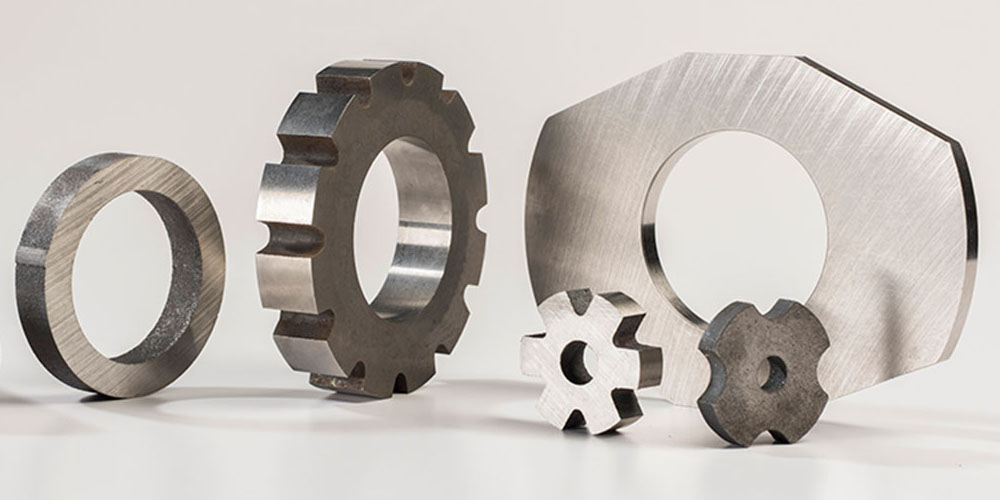Alnico magnets are permanents magnets made from combining Aluminum (Al), Nickel (Ni), and Cobalt (Co). Sometimes, they also contain Titanium and Copper. These magnets feature a powerful magnetization element. Alnico magnets come in various types, sizes, and shapes, depending on their manufacturing method. This post looks at the casting method of manufacturing Alnico magnets.
How are Alnico magnets manufactured?
The manufacture of Alnico magnets involves a series of in-depth processes. The first thing that happens during the manufacture of Alnico magnets is selecting the element combinations. Note that the specific combination of essential Alnico components is determined by the intended type of Alnico magnet and its applications. Once the combinations of the elements are determined, the manufacturing begins. Note that there are various methods of Alnico magnet manufacturing. The most common one is the casting method. Below are processes involved in the casting method of Alnico magnet manufacturing;
1. Heating
Here, the correct amount of Alnico elements are placed in a furnace. They are then melted at around 1750 degrees Celsius. One of the primary elements used is Aluminum. Note that some of the Aluminum tends to melt away. Therefore, in some cases, you may have to add some extra Aluminum to replace the one that melts away. The best manufacturers usually cool a sample of the elements for inspection before going to the next step.
2. Casting
Once the elements have been heated and transformed into molten form, they are poured into a green sand mold. The mold is usually designed to be large enough to allow shrinkage as the elements cool down. Once the molten elements have cooled down, the mold shell disintegrates, leaving a slight residue. The casting process allows for the manufacture of various shapes of Alnico magnets, including complex shapes. It is worth mentioning that unique machining methods are usually applied in this stage as Alnico magnets are prone to cracking and chipping.
3. Felting
After the casting process, the cooled magnets are removed from the mold. They are then felted on a grinding wheel. The role of the felting process is to clean out the cooled magnets and remove any remaining mold runners.
4. Heat treatment and hardening
The next step of the process is heating the magnets and placing them inside a magnetizer. The magnets also have to go through the hardening process. This is where they are exposed to a powerful magnetic field as they cool down. Afterward, they are placed in an oven where the magnetic field is tempered and stabilized. This is done to provide the magnet with its final magnetic properties.
5. Grinding
The magnets are ground one last time. The role of this step is to ensure that the magnets achieve their dimensional and surface finish tolerance requirements.
6. Testing and coating
The manufactured magnets are tested using hysteresis graph testing. This test inspects the quality and design, among other characteristics of the magnet. Finally, a protective coating is added on the Alnico magnets to ensure their durability and enhance their appearance. More often than not, the poles are left unpainted.
Conclusion
After the testing and coating process, the magnets must be magnetized. Here, they are placed in a coil or a solenoid. An electrical pulse is used for the final magnetization process. Since alnico magnets are permanent magnets, they do not lose their magnetic strength after the final magnetization.
